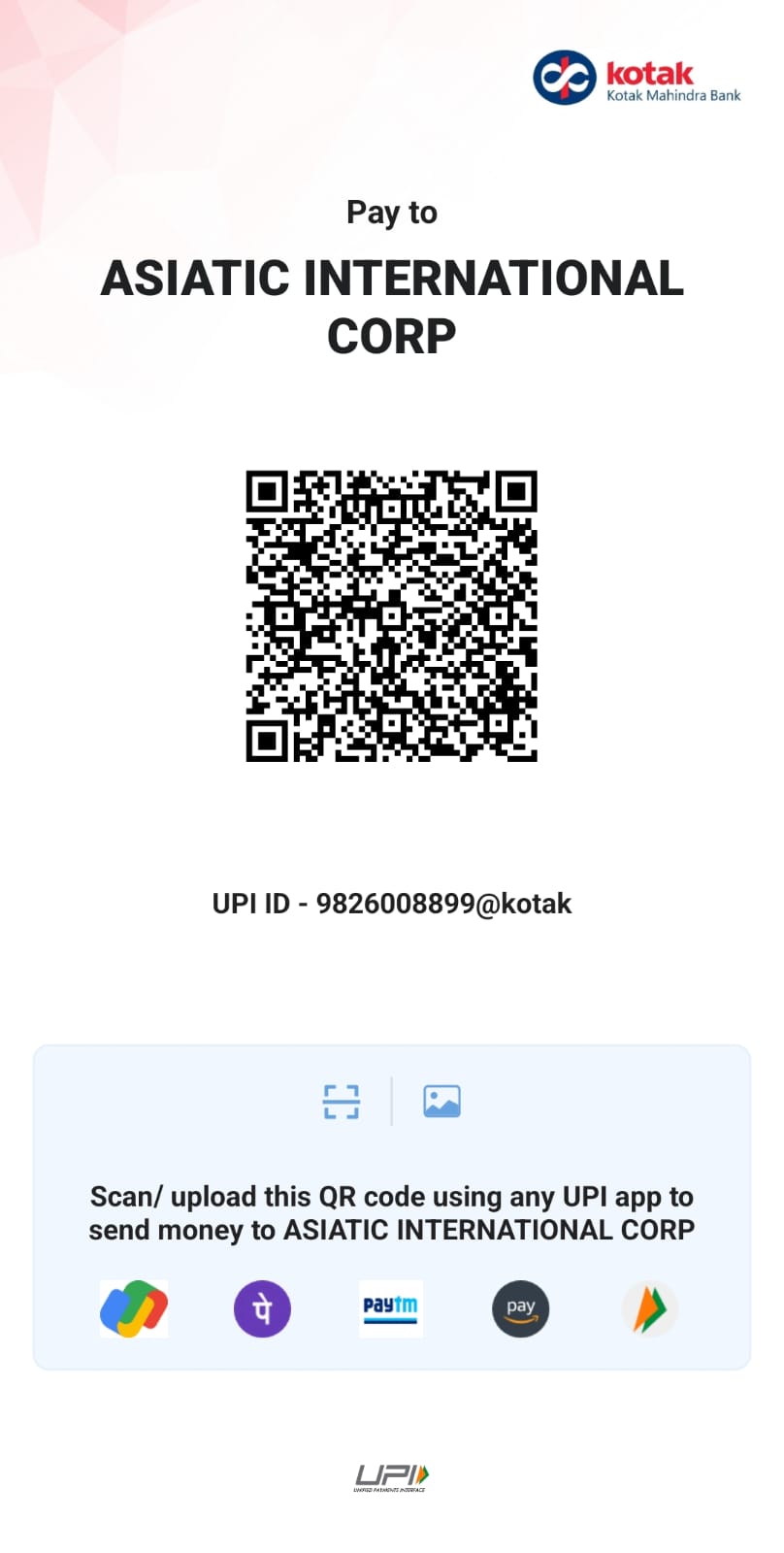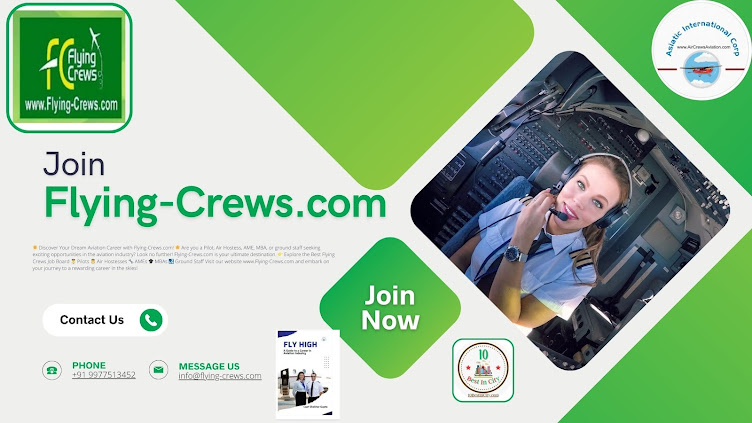What Specific Meditation Techniques or Practices are Effective for Managing Work-Related Stress
Meditation is a practice that combines mental and physical methods to help you focus or cleanse your thoughts. You can meditate to unwind, lessen tension and anxiety, and more, depending on the style you select.
7 Steps Of Meditation:
There are many different ways to meditate, and different traditions may have different descriptions of the practice. Nonetheless, the following steps could be included in a typical framework that is frequently used to explain meditation practices:
Choose a solid and comfortable position for yourself, whether you're standing, sitting, or lying down. The body should be at ease, and the spine should be straight but not rigid.
Start by concentrating on your breathing. Instead of attempting to regulate your breathing, pay attention to its organic rhythm. You can concentrate on the feelings of the breath coming into and going out of your body, maybe at your chest, belly, or nostrils.
Increase your awareness to encompass all of your body's experiences. Without passing judgment, pay attention to any regions of tension or relaxation, warmth or coolness, tingling, or other feelings.
Observe your ideas as they come to you. Just watch the thoughts come and go, like clouds moving across the sky, without getting sucked into their content.
Refocus on the breath or your body's sensations to gently bring your attention back to the present moment when you find your mind straying or getting lost in thoughts.
Develop a sense of presence and awareness in the here and now as you practice more. To fully live the present moment and let go of attachment to past or future occurrences may be necessary for this.
When it's time to conclude your meditation practice, pause for a moment to consider what you've learned. Observe any shifts in your physical or mental well-being and resolve to extend the advantages of your routine throughout the remainder of your day.
Stress management related to the workplace can be achieved through a variety of meditation methods and practices. Here are a few of them:
Mindfulness Meditation:
During mindfulness meditation, you focus on the here and now without passing judgment. By increasing your awareness of your thoughts, feelings, and physical sensations, it can help you better handle stressors that arise at work.
Breathing Exercises:
Easy breathing techniques like diaphragmatic or deep breathing can assist trigger the body's relaxation response, which lowers stress levels. You can quietly perform these exercises at your desk or in a private area.
Body Scan Meditation:
The body scan meditation technique is methodically focusing your attention on various bodily areas, identifying any tension or sensations there, and then releasing that tension. This may aid in fostering calm and lessening the bodily signs of stress.
Guided Imagery:
Using guided imagery, one can visualize serene and tranquil situations or scenes. This can help you relax and divert your attention from work-related stressors.
Walking Meditation:
Walking meditation is a technique that blends walking as exercise with meditation. It entails being aware of the actions and sensations connected with each stride as well as paying close attention to them. For individuals who have trouble staying motionless for prolonged periods of time, walking meditation can be extremely helpful.
Progressive Muscle Relaxation (PMR):
PMR entails methodically tensing and relaxing various body muscular groups. This can ease physical strain and encourage calmness.
Loving-Kindness Meditation (Metta):
Kindness and love Cultivating love, compassion, and kindness towards oneself and others is a key component of meditation. This can lessen interpersonal pressures at work by promoting happy feelings and strengthening bonds with coworkers.
Mindful Stretching:
Stretching with awareness can assist release bodily tension and encourage calm. In addition to improving blood flow and energy levels, stretching can counteract the negative effects of prolonged sitting or repetitive jobs.
Short, Regular Breaks:
Any of the aforementioned methods can be used to reduce stress and enhance general wellbeing by taking brief, regular breaks during the job.
Jesvita Melisha Mendonca
HR Team
Flying-Crews.com
Linktree:
https://linktr.ee/asiaticinternational
Pinterest:
https://rb.gy/ctnn5k
Quora:
https://rb.gy/a745of
Instagram:
https://rb.gy/hvaty1
LinkedIn:
https://rb.gy/4949u7
Asiatic International Corp
Products
Our Service
.jpeg)
Online Airline Career Counselling
Online Airline Career Counselling and Books orchestrated by Captain Shekhar Gupt... Show more

Online Airline Career Counselling
Online Airline Career Counselling and Books orchestrated by Captain Shekhar Gupt... Show more
.jpeg)
Counselling For Airline Pilot Training
Airline Pilot Training By Capt Shekhar Gupta Author / Pilot Pilot's Career... Show more
Gallery
Payment QR












.jpeg)


.jpeg)



.jpeg)






.jpg)
No comments:
Post a Comment